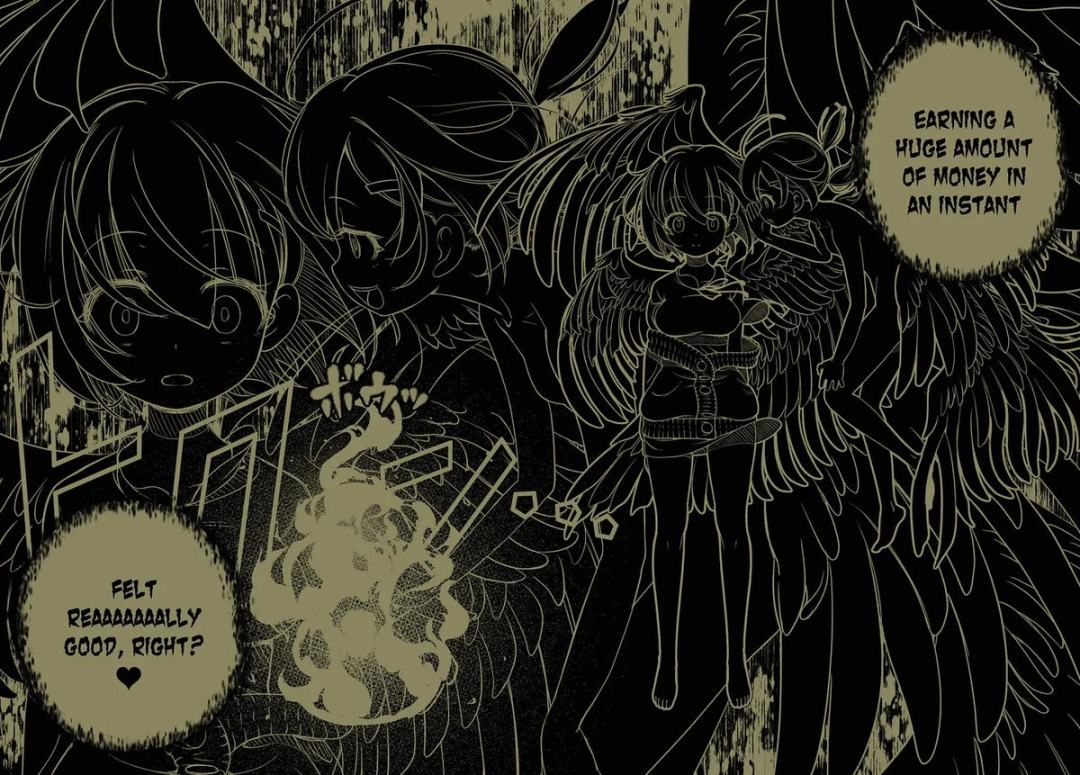NEAR Protocol halves inflation rate despite failing approval threshold
NEAR Protocol has implemented a network upgrade that halves its annual token inflation rate from 5% to roughly 2.4%, sparking debate over governance as the earlier community vote on the change failed to reach the required approval threshold.
- The upgrade reduces annual NEAR token issuance by nearly 60 million, lowers staking yields from ~9% to 4.5%, and aims to limit token dilution.
- The change requires validators controlling 80% of staked tokens to adopt the new protocol within 30 days for activation.
- NEAR CTO Bowen Wang emphasized that the earlier community vote was a signal, while validator approval at the consensus layer remains the binding governance mechanism.
NEAR Protocol ( NEAR ) has rolled out a major network upgrade that reduces its annual token inflation rate from around 5% to approximately 2.4%. The update, completed on October 30, is designed to slow the rate of new NEAR token issuance, cutting the annual minting by nearly 60 million tokens. The change aims to lessen token dilution, realign staking incentives, and lower staking yields from about 9% to 4.5%, assuming that roughly half of the circulating supply remains staked.
The upgrade took effect through NEAR’s standard protocol update mechanism, which requires validators controlling 80% of staked tokens to adopt the new version for it to be activated. Validators now have 30 days to opt in to the revised protocol.
NEAR Protocol inflation cut sparks debate over governance
The inflation reduction decision has stirred controversy because an earlier community vote on the same proposal failed to pass. The August 1 on-chain poll saw 89 validators —representing 45.06% of total votes—supporting the inflation reduction, falling short of the two-thirds majority required for formal approval. Nevertheless, the NEAR core development team proceeded to include the change in the network upgrade.
Responding to concerns, NEAR Protocol Chief Technology Officer Bowen Wang told The Defiant that the adjustment still depends on validator approval at the consensus layer.
“The upgrade requires a supermajority of 80% of the stake of block-producing validators to adopt it and will not be implemented unless that threshold is reached,” Wang stated. He added this process has governed all major network upgrades since NEAR’s mainnet launch .
Disclaimer: The content of this article solely reflects the author's opinion and does not represent the platform in any capacity. This article is not intended to serve as a reference for making investment decisions.
You may also like
Goldman Sachs predicts that the "U.S. government shutdown" will end within two weeks, making a Federal Reserve rate cut in December "more justified"?
Goldman Sachs predicts that the government shutdown is "most likely to end around the second week of November," but also warns that key economic data will be delayed.
I traded perpetual contracts for a month: from dreaming of getting rich overnight to a sobering reality.
Find a group of people who are doing the same thing as you, preferably those who are smarter than you.

Solana Consolidates Above $177 Support as Market Watches $200 Breakout Level

BTC Dominance Faces 60% Barrier Before Next Halving Cycle

